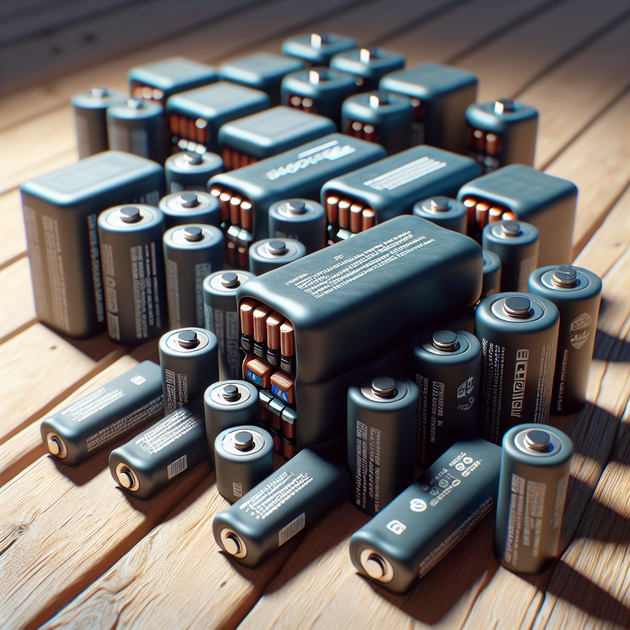Have you ever picked up a battery and wondered if it was safe to use? It might surprise you that even a slightly puffy or misshapen battery can be a warning sign of something far more serious. If you’ve asked yourself “Are these batteries unsafe to use?”—especially after seeing photos online—let’s break down the facts on spotting dangerous or swollen batteries.
What Makes a Battery Unsafe?
Not all batteries are created equal—and that goes double for high-powered ones used in drones and RC projects. The most notorious culprit for swelling is the lithium polymer (LiPo) battery. But even regular rechargeable cells can become dangerous under certain conditions.
So what actually makes a battery unsafe?
– Swelling or puffiness
– Leaking fluid
– Strange or burnt smells
– Visible dents or damage
– Overheating during use or charging
If any of these symptoms show up, that’s your cue to stop using the battery immediately. According to NFPA guidelines, damaged lithium-based batteries are responsible for fires and injuries each year.
Why Do Batteries Swell?
Swelling happens when unwanted chemical reactions occur inside the cell. For LiPo and other lithium-based types, this is often due to:
- Overcharging
- Deep discharging (running them too low)
- Physical damage (drops, punctures)
- Poor storage (hot temps or direct sun)
As the internal reactions get out of hand, gas builds up inside the casing, causing it to bloat like a balloon. A swollen battery isn’t just ugly—it’s unstable and could catch fire or leak hazardous chemicals if punctured.
For an in-depth look at why this happens, check out Battery University’s guide on prolonging lithium-based batteries.
How To Tell If Your Battery Is Unsafe
Sometimes it’s obvious—a battery looks so puffy it won’t fit in its compartment anymore. But sometimes the warning signs are subtle.
Here’s what to check:
- Look: Compare your battery to a new one. Any bulges?
- Feel: Gently squeeze (with caution!). Does it feel soft or squishy?
- Smell: A sweet or chemical odor is a red flag.
- Check performance: Does it charge oddly fast/slow? Does it get unusually hot?
An online AI like ChatGPT can analyze photos for obvious swelling but won’t catch every detail—physical inspection is still key.
Anecdote: The Drone Disaster That Could Have Been
A friend once brought over his DIY drone after noticing flight times were dropping fast. One look at his LiPo packs and it was obvious—one cell was so swollen it looked like it had been inflated with an air pump! We removed it right away. Not long after, while safely outside, the old pack released a strong chemical smell and even started heating up on its own. That close call could have ended with property damage—or worse—if he’d kept flying with it.
What To Do With Unsafe Batteries
If you’ve found a swollen or damaged battery:
- Stop using it immediately.
- Place it somewhere nonflammable (like a metal box).
- Don’t puncture or try to flatten it.
- Take it to an official battery recycling drop-off—never toss it in household trash.
- If it’s hot or leaking, move it outdoors away from anything flammable.
Keeping old or questionable packs around “just in case” isn’t worth the risk.
Safe Battery Habits For Drone Flyers & DIYers
Want to avoid dealing with unsafe batteries in the first place? Simple habits go a long way:
- Use chargers that match your battery type
- Never overcharge—use a charger with automatic shutoff
- Store at room temperature and out of direct sunlight
- Check packs before every use (look & feel test)
- Dispose of old/damaged cells promptly
For extra information on safe handling and disposal, check out this official resource from the U.S. EPA.
The Bottom Line: Don’t Risk It
Swollen or damaged batteries aren’t just inconvenient—they’re potentially hazardous. If there’s any doubt about whether your battery is safe, err on the side of caution and get rid of it responsibly. No project or flight is worth risking fire or injury.
Have you ever had a near-miss with a bad battery? Share your story below—or ask questions if you’re unsure about the signs!

Leave a Reply